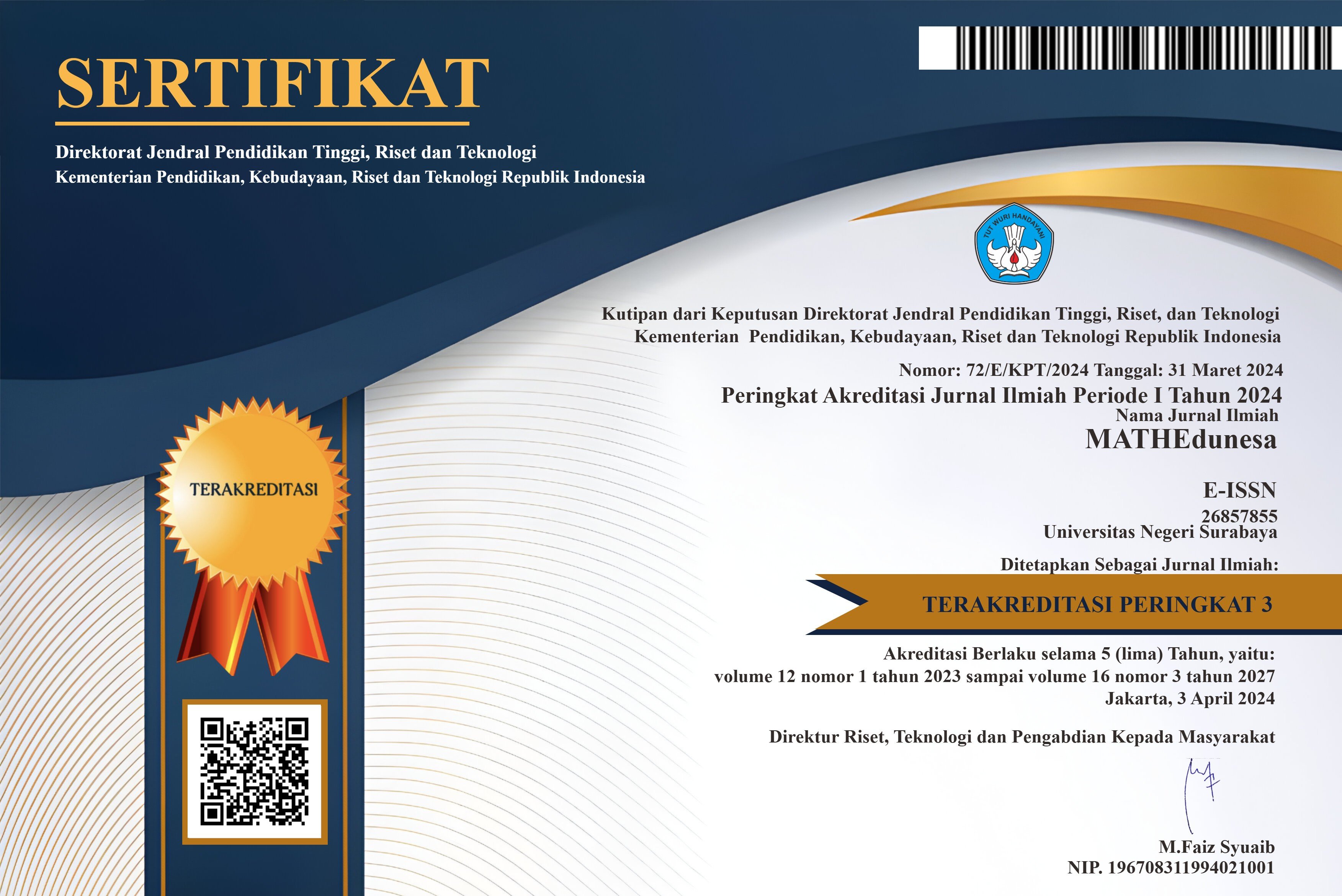Analysis of Student Errors in Completing PISA Content Space and Shape Problems Viewed from Vak Learning Style
DOI:
https://doi.org/10.26740/mathedunesa.v8n3.p536-542Downloads
Download data is not yet available.
Downloads
Published
2019-08-01
Issue
Section
Evaluation
 Abstract views: 130
,
Abstract views: 130
, PDF Downloads: 206
PDF Downloads: 206




